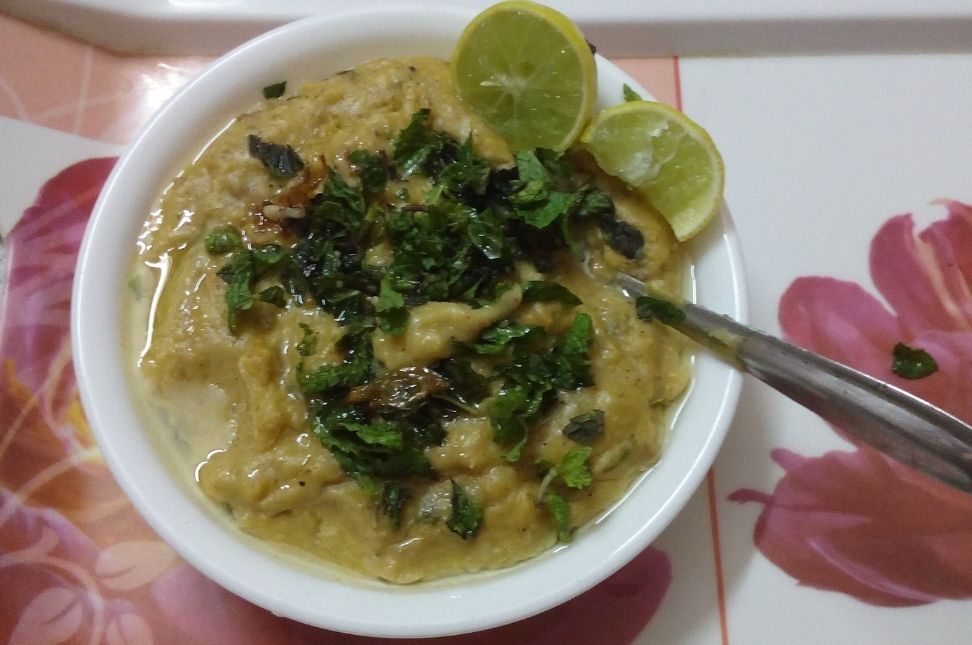Cooking perfect basmati rice for biryani is essential to achieving a flavorful and aromatic dish. The long, slender grains of basmati rice, known for their unique aroma and fluffy texture, are the heart of any biryani. In this article, we will share the best tips for cooking perfect basmati rice for biryani to ensure your dish stands out in taste and presentation.
Understanding Basmati Rice
Basmati rice, native to the Indian subcontinent, is prized for its fragrant aroma, long grains, and delicate texture. Cooking it to perfection is crucial, especially when making biryani, where each grain should be separate, fluffy, and infused with the flavors of spices and other ingredients. Here are some steps and tips to help you master the art of cooking perfect basmati rice for biryani.
Tips for Cooking Perfect Basmati Rice for Biryani
1. Choose High-Quality Basmati Rice
The first step to cooking perfect basmati rice for biryani is selecting high-quality rice. Opt for aged basmati rice, as it has a lower moisture content and results in fluffier, non-sticky grains. Look for trusted brands known for their aromatic and long grains.
2. Rinse the Rice Thoroughly
Rinsing basmati rice is crucial to remove excess starch, which can cause the rice to become sticky. Place the rice in a large bowl and rinse it under cold water, gently swishing it with your hands. Repeat this process 3-4 times until the water runs clear. This step ensures that the rice grains remain separate when cooked.
3. Soak the Rice
Soaking the rice is another essential step in cooking perfect basmati rice for biryani. Soak the rinsed rice in cold water for at least 30 minutes. Soaking helps the grains expand and cook more evenly, reducing the cooking time and preventing the rice from breaking during cooking.
4. Use the Right Water-to-Rice Ratio
The water-to-rice ratio is critical for achieving the perfect texture. For biryani, the ideal ratio is typically 1.5 to 2 cups of water for every cup of rice. However, this can vary based on the age and quality of the rice. It’s important to experiment and find the ratio that works best for your preferred texture.
5. Add Aromatics and Spices
Infusing the rice with aromatics and spices enhances the flavor of the biryani. When boiling the rice, add whole spices such as bay leaves, green cardamom pods, cloves, and cinnamon sticks to the water. These spices impart a subtle yet distinctive aroma that complements the overall dish.
6. Cook the Rice Until 70-80% Done
For biryani, it’s important not to fully cook the rice initially. Boil the rice until it’s 70-80% done, which means the grains should still have a firm center. This ensures that the rice does not overcook during the final steaming (dum) process, where it absorbs additional flavors and finishes cooking.
7. Drain and Cool the Rice
Once the rice reaches the desired doneness, drain it immediately using a fine mesh strainer. Spread the drained rice on a large tray or baking sheet to cool slightly. This step helps stop the cooking process and allows the rice to dry a bit, ensuring that the grains remain separate.
8. Layer the Rice with Other Ingredients
When assembling the biryani, it’s important to layer the partially cooked rice with the other components, such as marinated vegetables or meat, fried onions, and fresh herbs. This layering allows the rice to absorb the flavors from the other ingredients during the final cooking stage.
9. Use the Dum Cooking Method
The traditional dum cooking method involves sealing the pot with a tight-fitting lid or dough to trap steam. This gentle steaming process allows the rice to finish cooking while absorbing the rich flavors of the spices, herbs, and other ingredients. Cook on low heat for 15-20 minutes for perfect results.
10. Rest the Biryani Before Serving
After the dum cooking, let the biryani rest for 10 minutes before serving. This resting period allows the flavors to meld together and makes it easier to handle the rice without breaking the grains.
Troubleshooting Common Issues
Even with the best tips, you might encounter some issues when cooking perfect basmati rice for biryani. Here are a few common problems and solutions:
- Sticky Rice: If your rice turns out sticky, it could be due to excess starch. Ensure thorough rinsing and avoid overcooking.
- Hard Rice: If the rice is undercooked, it may need more soaking time or a slightly longer boiling time. Adjust the water-to-rice ratio if necessary.
- Mushy Rice: Overcooking or using too much water can result in mushy rice. Cook the rice until it’s 70-80% done and drain it promptly.
Conclusion
Mastering the art of cooking perfect basmati rice for biryani is essential for creating a flavorful and visually appealing dish. By following these tips—selecting high-quality rice, rinsing thoroughly, soaking, using the right water-to-rice ratio, and incorporating aromatics—you can achieve fluffy, fragrant, and perfectly cooked basmati rice. Whether you’re a beginner or an experienced cook, these steps will help you make an impressive biryani that will delight your family and friends. Enjoy your culinary journey with this beloved Indian classic!




